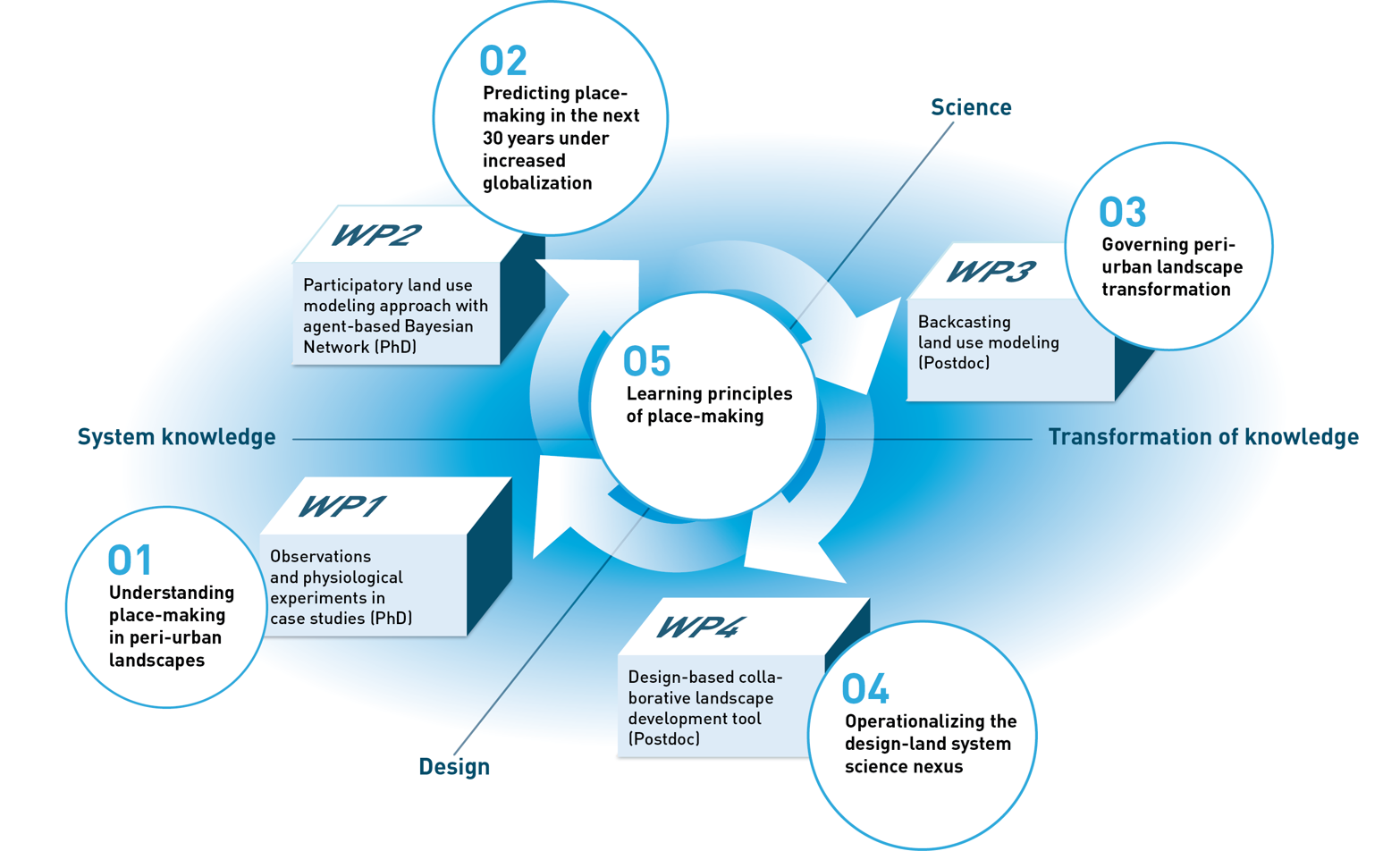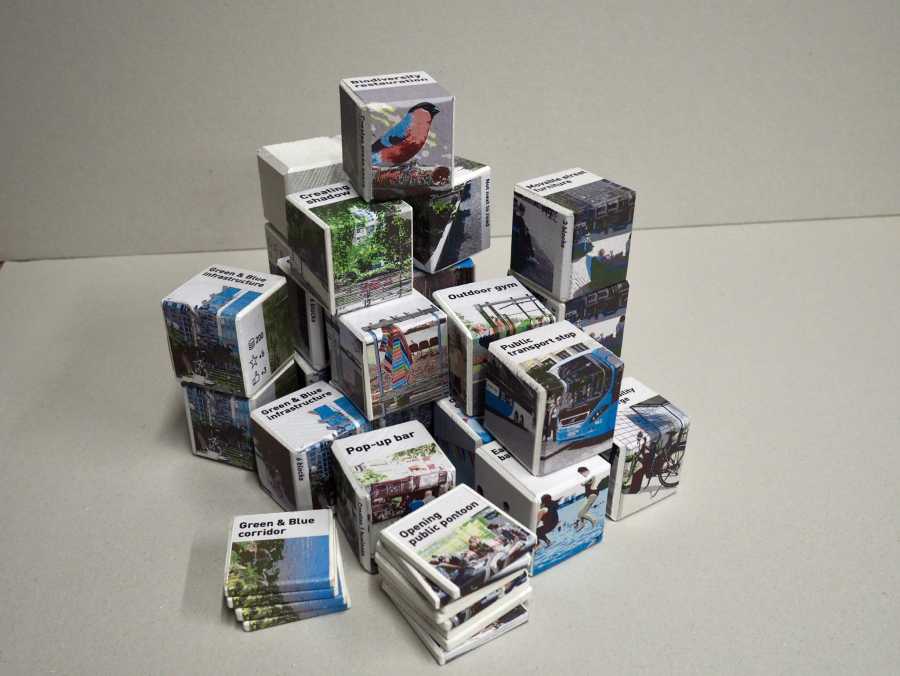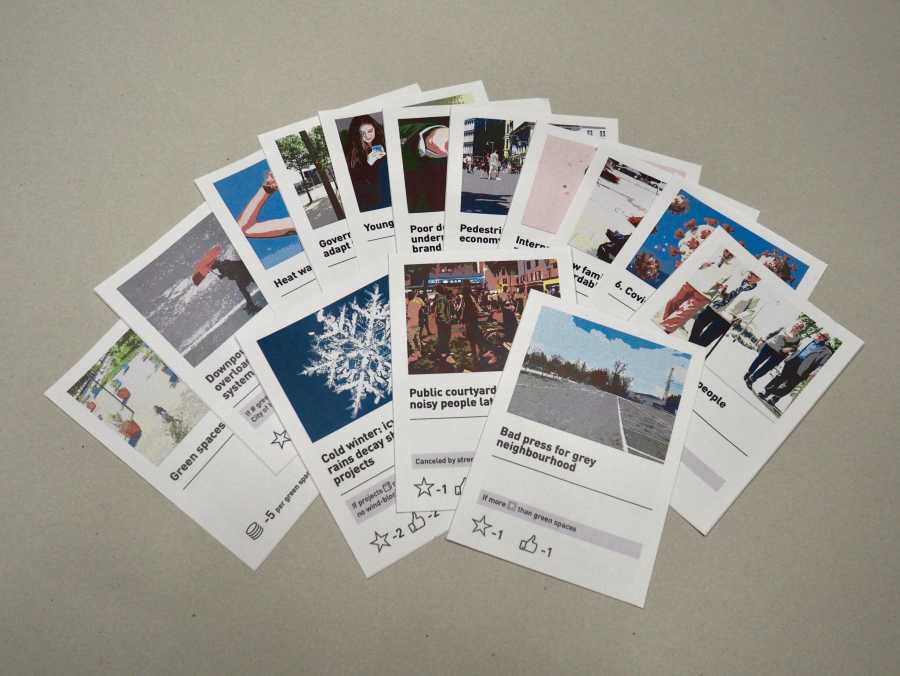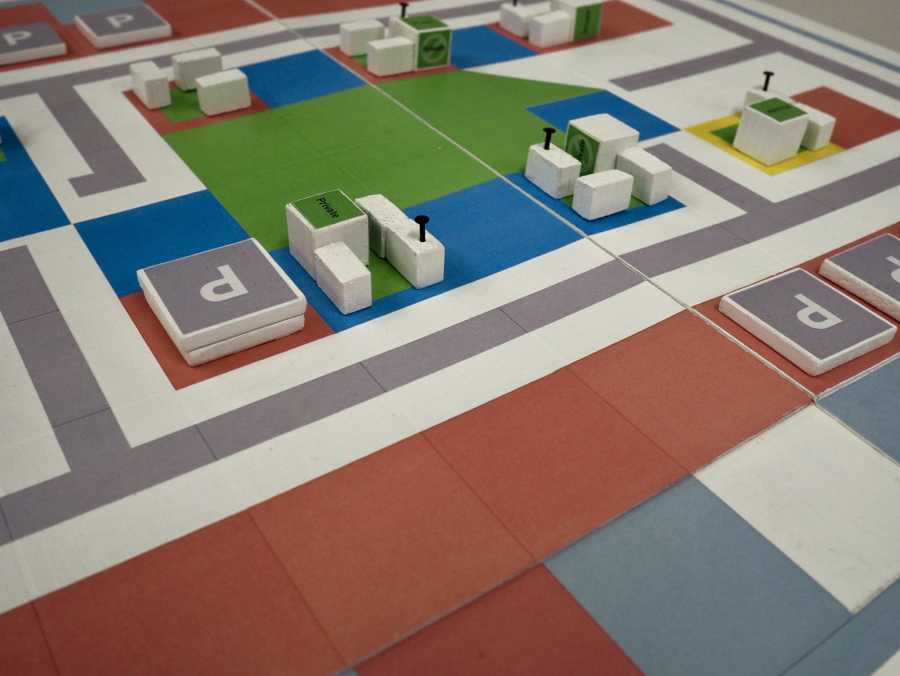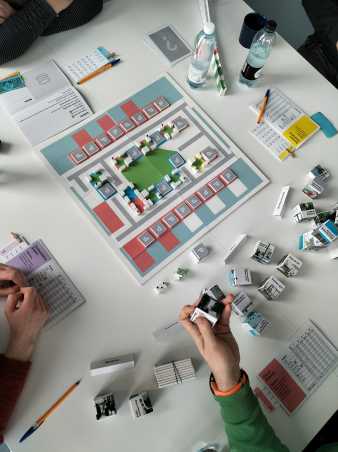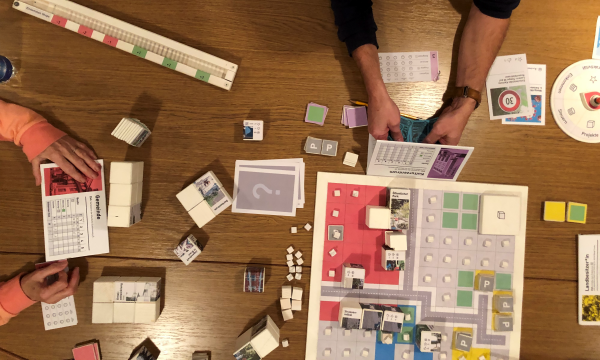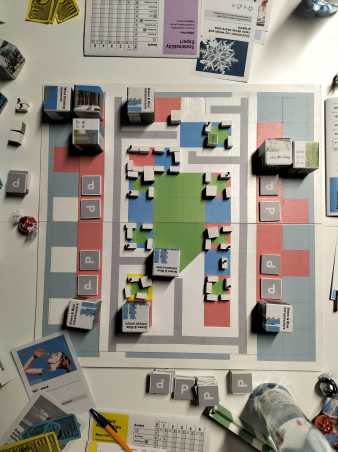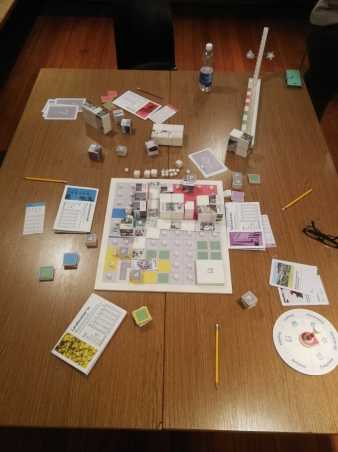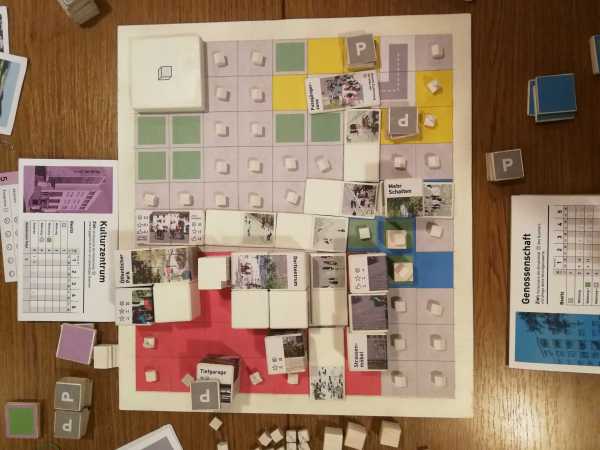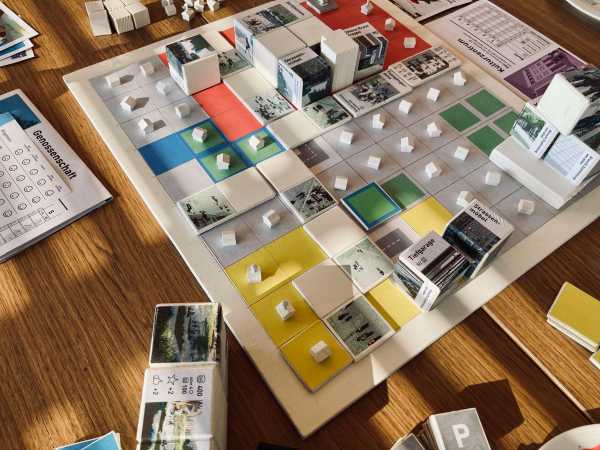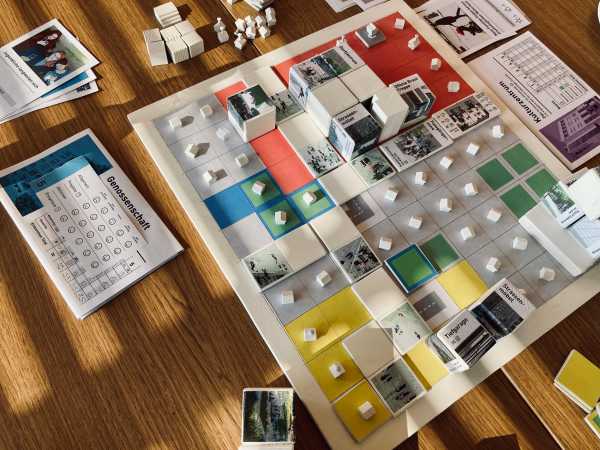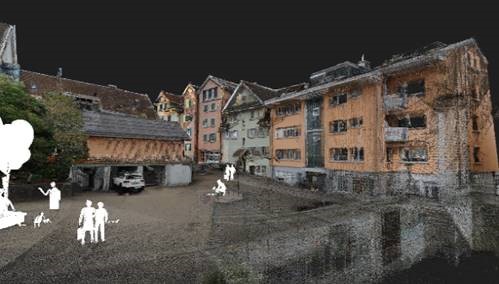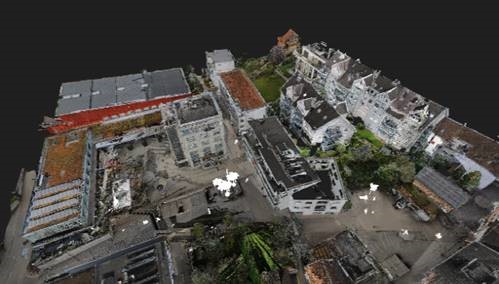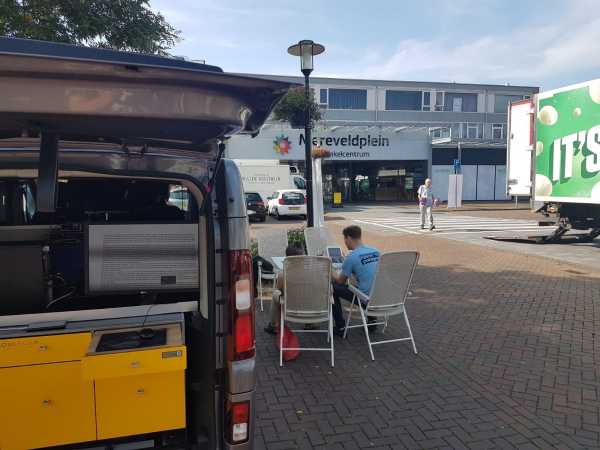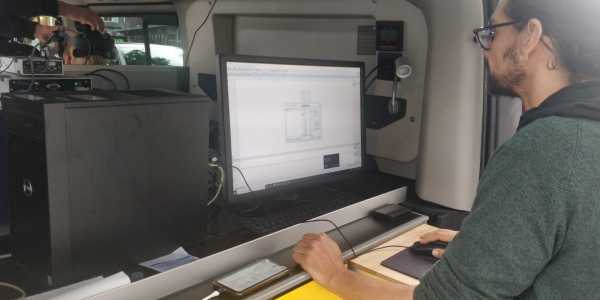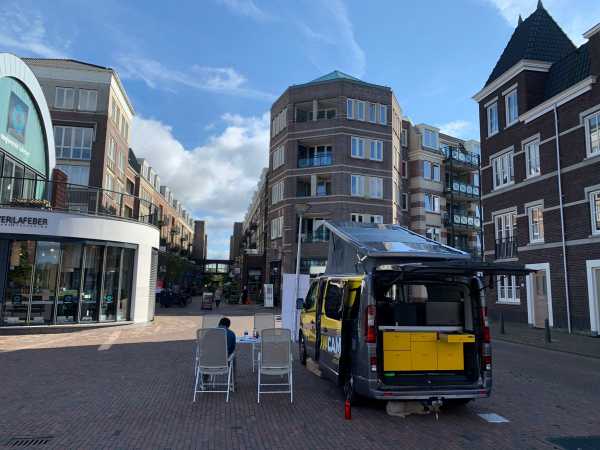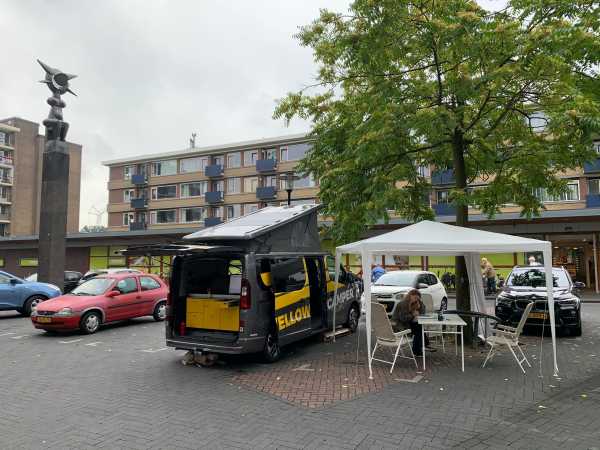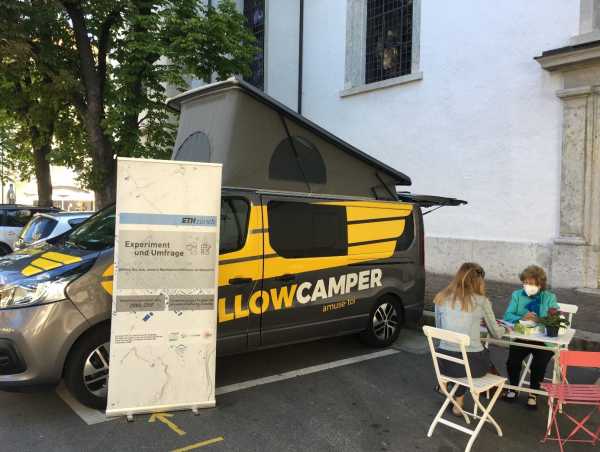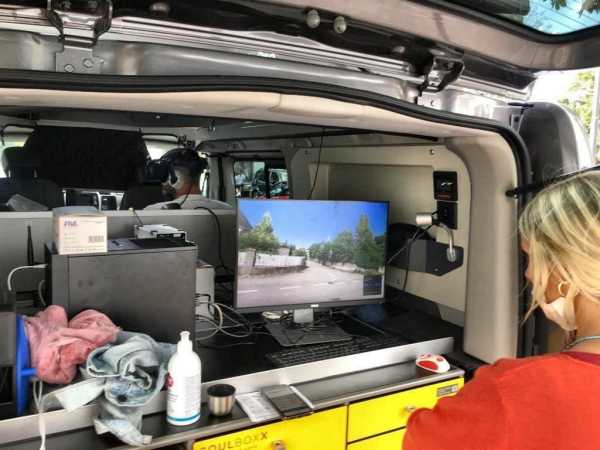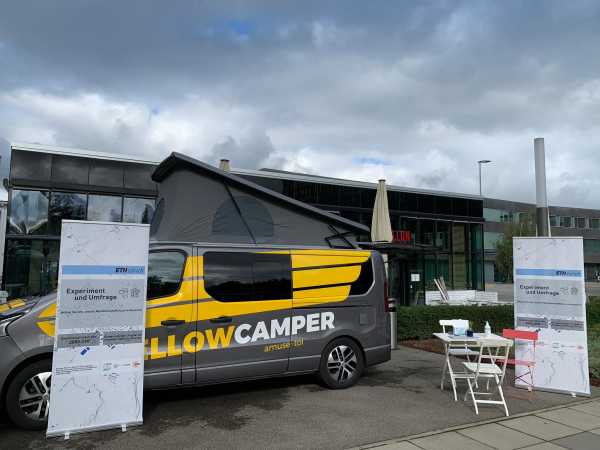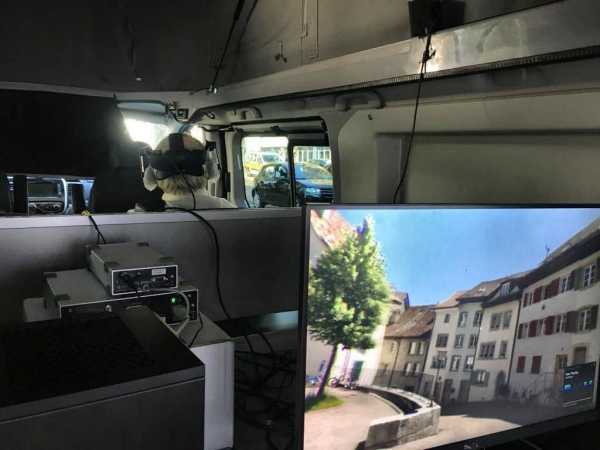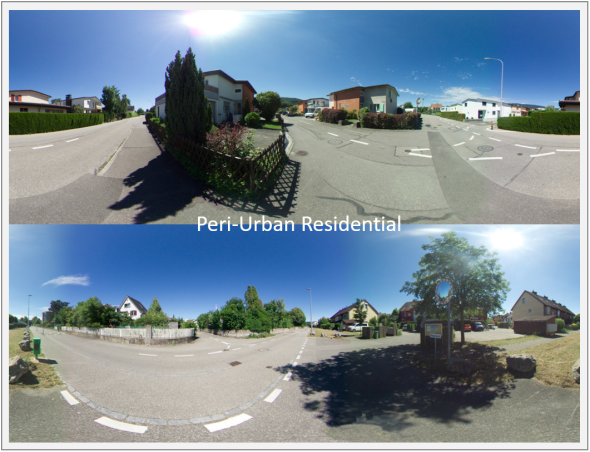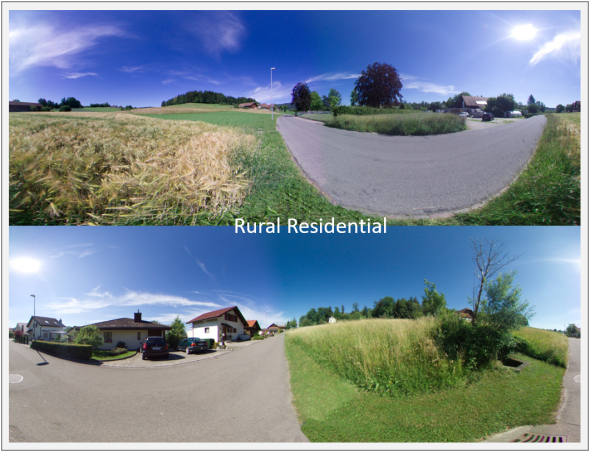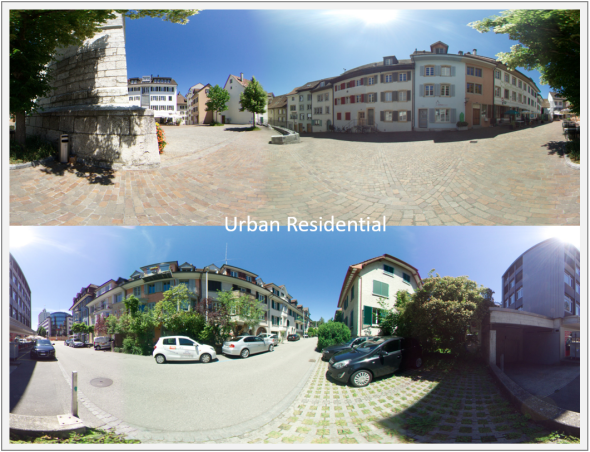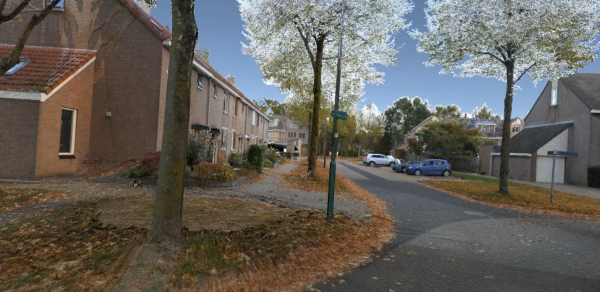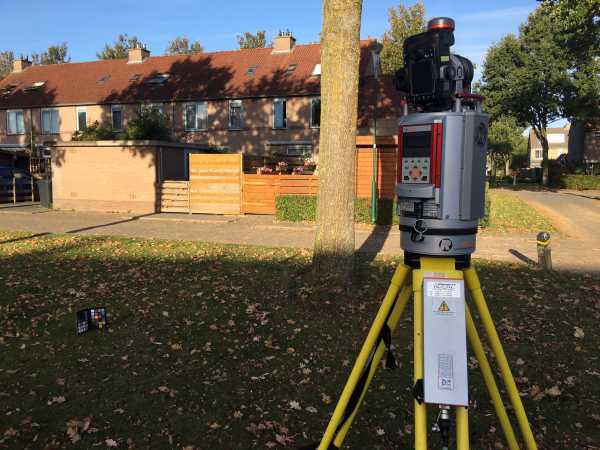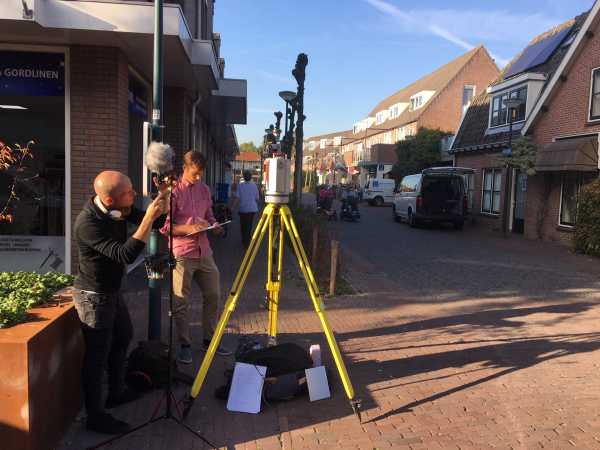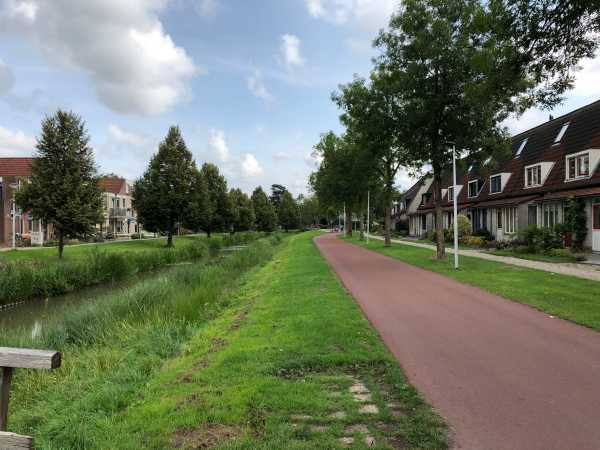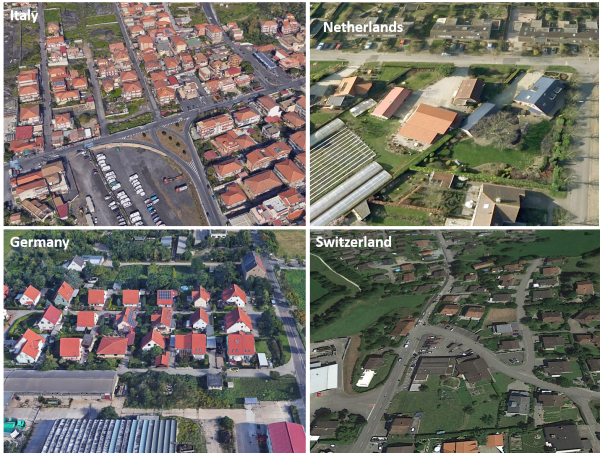GLOBESCAPE
Enabling transformation: Linking design and land system science to foster place-making in peri-urban landscapes under increasing globalization

Unprecedented urbanization is threatening landscape diversity, bringing along new social and environmental problems. Standardized business centers, single family residential areas and shopping malls displace highly productive agricultural land, while the culture and lifestyles of local communities become absorbed into the sphere of globalization. People are losing their sense of place and their motivation to initiate change. The result is a tremendous increase in fragility of these new landscapes of the twenty-first century, calling for an active and creative landscape shaping process to secure the long-term provision of critical ecosystem services. This project will contribute to a next generation of tools and methods to foster the development of resilient landscapes. The resulting methods and tool will ultimately support humans to intentionally transform peri-urban landscapes.
The main goals of the project are:
- Obtaining empirical evidence for recurrent patterns and processes of place-making
- Developing an operational tool to activate intentional change of the landscape that generates a sense of place
- Analyzing and predicting the role of place-making under increasing globalization for formulating recommendations
Work in Progress
Place-making: people, processes, places
A working framework elicited through psychometric scale development
Place-making is used as a concept to describe and understand how meaningful places emerge out of various interactions between people and their environments – but generalising place-making in a meaningful way is difficult due to the diversity of places and interactions. Despite the seemingly endless variety of place-making concepts that already exist, their application and success relies on expert knowledge in the domains of both place and place-making.
Similar to already established methods in the field of place-attachment (external page Hernandez 2020), we developed a first measurement model of place-making, which is based on people's immediate relationship to various place-making practices and attitudes in their neighbourhood. The data used comes from a large and representative survey of 10'000 residents in the Netherlands.
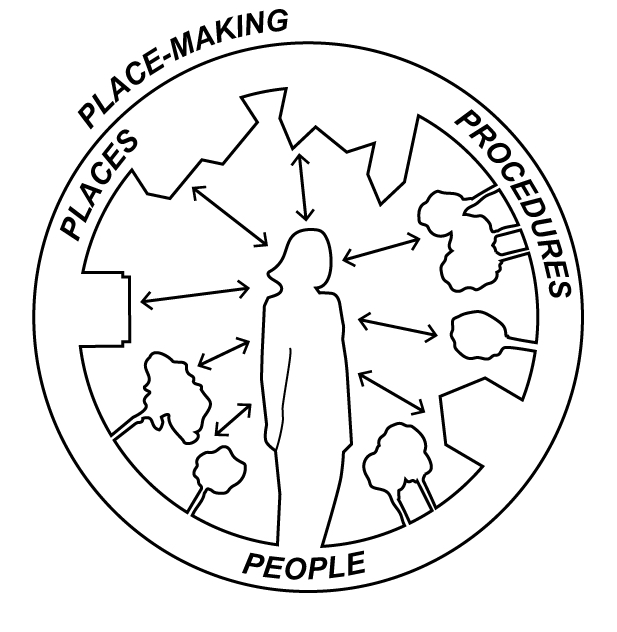
Using latent variable modelling shows that neighbourhood place-making is comprised of three factors: one's personal attitudes to place-making (factor 1: person), the influence of existing administrative or collectively organised procedures on place-making (factor 2: procedures), and the already existing outcomes of place-making (factor 3: place).
Our findings allow to successfully systematise place-making to tackle the challenges facing peri-urban landscapes, since the underlying psychometric measurement scale can be used to compare, characterise, or even evaluate different place-making patterns. Furthermore, our work on place-making can be integrated with the wider field of transformation sciences, such as the so-called leverage points (external page Donella Meadows 2009) and the three spheres of transfor-mation (personal, political, practical) by O'Brien (external page 2019).
Serious games to understand transformation
How can one transform an urban neighbourhood for the better? Would the answer be to focus on societal and ecological needs; should it be attractive and politically feasible; and simultaneously sustainable? We developed a serious game for two neighbourhoods in Hochdorf (Luzern, Switzerland) and Sompasaari (Helsinki, Finland) to investigate such trade-offs.
In Oktober 2021, a series of two workshops invited the stakeholders from Hochdorf to transform their neighbourhood with the serious gaming method. The game was adapted to Sompasaari, and here the players delved into another potential transformation during two workshops in Februari 2022. In both cases, the method allowed multi-stakeholders to discuss at a level playing field, drew them into deep discussions, allowed us to observe up-close how particular trade-offs are dealt with, and help us understand the driver and barrier mechanisms that govern urban transformations
In particular, preliminary results show that
- Planning processes are too inflexible to absorb 1) the current needs of individuals, and 2) changing climate conditions and biodiversity considerations. In addition, too many details are fixed in advance, which does not allow for learning and adapting, and realization of small steps in the development should be made more easy and rapid.
- Aboveground parking spaces take too much valuable space, are costly, unattractive, and create unsafe situations. Yet, residents and local businesses require parking spaces or improved bike- and walking infrastructure.
- Identity helps build community feeling and place-attachment, and can be achieved by activating cultural events such as festivals and place-specific activities.
- Spatially, players value 1) un-defined spaces to develop themselves, 2) the uniqueness of a place through historical or natural characteristics, and 3) a proper balance between- and interaction of local shopping, work, gastronomy, and living. Further, the physical structure should be adaptive to contemporary needs and changing climate conditions, yet spaces that are too clinical and pre-defined result in a lack of places where people like to interact.
- Strategically located stakeholders, especially landowners, have the power to block publicly desired transformations.
- Players validate the game to be effective, in particular because of the constructive discussion it creates. They would like to integrate the game in planning processes.
Game elements: Project-blocks, Event-cards Player-Actions and Objectives, time-restriction, and simplified representation of both neighbourhoods in Hochdorf and Sompasaari.
3D Game environment
To further analyze the influence of the representation of the envrionment on the discussions around place-making, we transofmed the board game of Hochdorf into a digital game. For full immersion, a 3D model of the Braui-Area in Hochdorf was created from terrestrial laser scan point clouds. The projects in the game were represented by 3D sketches.
Observations and physiological experiments in four case studies: Switzerland, Netherland, Italy, Poland
Switzerland
In September 2020, a first full experiment was conducted in Olten (CH) and Aarau (CH), using physiological and psychological measurement methods in virtual environments. In our mobile visual-acoustic laboratory, 150 participants were exposed to three types of residential areas: rural, urban/old town and peri-urban. An image of natural characteristics (tree canopy) served as baseline. The demonstrated landscapes were obtained from 360° photographs combined with ambisonic sound. Electrodermal activity (EDA) (electrodes on fingertips), heart rate variability (HRV, wristband) and a cognitive assessment of the scenes, including our framework of place and place-making, were recorded.
Participants were invited to take part in a prize drawing in return for participating. The winner donated the lottery prize of 2’000 CHF to “CMB mission chrétienne pour les aveugles”.
Preliminary Results:
A first analysis showed that peri-urban areas were less often preferred (11%) compared to urban/old town (30%), and rural areas (58%) and they generated more often a negative affective reaction. EDA measurements indicate a marked difference between the residential built areas and the baseline which, as expected, generated lower arousal. Both Tonic and Phasic EDA signals behaved differently when comparing peri-urban to the other residential landscapes which is interesting since half the European population is living in peri-urban areas. Further analysis of the findings are in process, and will allow to find connections between affective reactions and place-making and specific landscape characteristics.
Netherland
In September and October 2021, we conducted the second full virtual reality experiment in Utrecht (NL). Similar to the first experiment, we used physiological and self-reported measurement methods to evaluate emotional reactions to residential neighbourhoods in virtual reality environments. Our mobile visual-acoustic laboratory allowed us to visit frequented locations around Utrecht. A total of 250 participants where exposed to three types of residential environments elaborated from 360° photos with ambisonic sound, all which were obtained in Utrecht or in its surroundings. During the experiment, we recorded EDA, HRV, and information on place-making, social cohesion and neighbourhood attachment. Socio demographic data was compiled as well.
Participants to the experiment took part in a 1500 EUR prize drawing. The winner was Mr. Matthijs Theeuwen that participated in the location “Smaragdplein”.
Preliminary Results:
Results of the emotional measurement show that peri-urban areas trigger unpleasant deactivating feelings contrasting with measurements on the urban neighbourhood that trigger positive emotions. Rural scenes were evaluated neutrally in Utrecht, which contrast with our results in Switzerland where people clearly showed their preference for those type of neighbourhood landscapes. In addition, we performed a regression analysis in order to explain placemaking using social cohesion, attachment and emotional reactions to the physical setting. We discover that emotional reactions play a role for the case of the rural and urban scenes but it was not the case for peri-urban neighbourhouds. It seems that in addition to trigger more negative feeling, the peri-urban setting is not evoking emotions that could help triggering the placemaking process.
Further impressions: Creating three-dimensional environments using point clouds in Utrecht, Netherlands
Project Team
Prof. Dr. Adrienne Grêt-Regamey (PI)
Dr. Marcelo Galleguillos-Torres (PhD, WP 1)
Michal Switalski (PhD, WP 2)
Laura Endres (WP 1)
Johann Schuur (WP 3)
Laura Schalbetter (WP 3)
Orencio Robaina Martinez de Salinas (WP 4)
Funding
This project has received funding from the European Research Council (ERC) under the European Union’s Horizon 2020 research and innovation programme (Grant agreement No. 757565)
Duration
1.6.2018 - 31.12.2022
